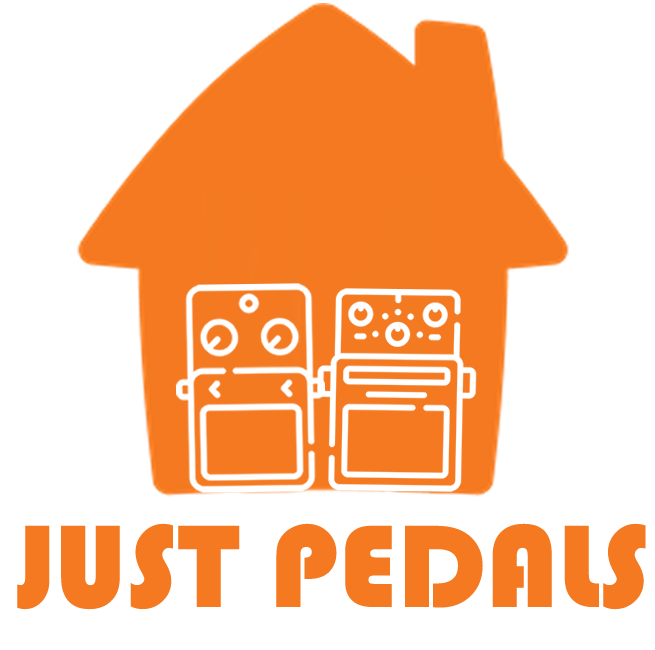Just Expression Guitar Effect Pedal Videos – Boss Slicer SL-2 Tone Sample w/ Expression Pedal #guitar #pedals #slicer #boss #effect #shorts
Expression Video – Boss Slicer SL-2 Tone Sample w/ Expression Pedal #guitar #pedals #slicer #boss #effect #shorts
JOYO Distortion Pedal R Series Heavy Metal Dist Between American and British for Electric Guitar Effect (UZI R-03)
£39.99
JOYO UZI distortion pedal, designed for heavy metal, it's characterized by High-Gain. with a "BIAS" knob, switch easily between American Distortion and British Distortion. "GAIN" Knob and "VOLUME" Knob, both are of dynamic balance, adjust the "GAIN" … read more
JOYO Bass Guitar Pedals Preamp Overdrive Pedal with EQ and Noise Reduction DI Output for Pop Funk Metal Bassist Electric Guitar (TIDAL WAVE R-30)
£75.99 £58.13
R-30 bass preamp analog pedal that vividly simulates classic 90's bass tone for bassist various music style of pop, funk and metal, etc. 3 band EQ high dynamic adjustment tone with middle selects 500/1000Hz and bass shifts 40/80Hz toggle switch. Prec… read more
XSONIC ULooper Dedicated Looper for Guitar Amps with Unaltered Loop Sound, 180 Min Recording Time, Line Out, Portable Power Options, support Spark, KATANA, THR, Mustang, and much more
£118.99 £95.19
Unaltered Loop Sound: Ensures your loops retain their original sound, unaffected by any changes to the amp's presets or tones. Extended Recording Time: Provides up to 180 minutes of recording time with standard looper functions like record, playback,… read more
FLAMMA FC17 Analog Delay Pedal Vintage Delay Effects Electric Guitar Pedal True Bypass
£25.99
The FC17 mini gitar pedal features a warm and vintage analog delay pedal. Delay time range: 25ms-600ms. This delay effects pedal has a compact size and durable metal shell. True bypass circuit provide a transparent tone.
TC Electronic DITTO LOOPER Highly Intuitive Looper Pedal with 5 Minutes of Looping Time, Analog-Dry-Through and True Bypass, Compatible with PC and Mac
£73.61 £49.99
Created by guitarists, for guitarists, the DITTO LOOPER provides essential looping features in a compact, user-friendly design With a simple one-knob interface, DITTO LOOPER makes looping easy-record, undo/redo, stop, and erase with intuitive foot co… read more
SONICAKE Auto Wah Pedal Envelope Filter Funky Bass Guitar Effects Pedal Cry-Bot
£25.99
100% Analog Envelope Filter/Auto Wah by Picking Dynamics Designed for both Guitar & Bass with Fast and Accurate Tracking Wide Range Funky Tone Shaping with 4 useful Knobs True Bypass Footswitch keeps a clean Signal Path Auto Wah Pedal working with 9V… read more
















